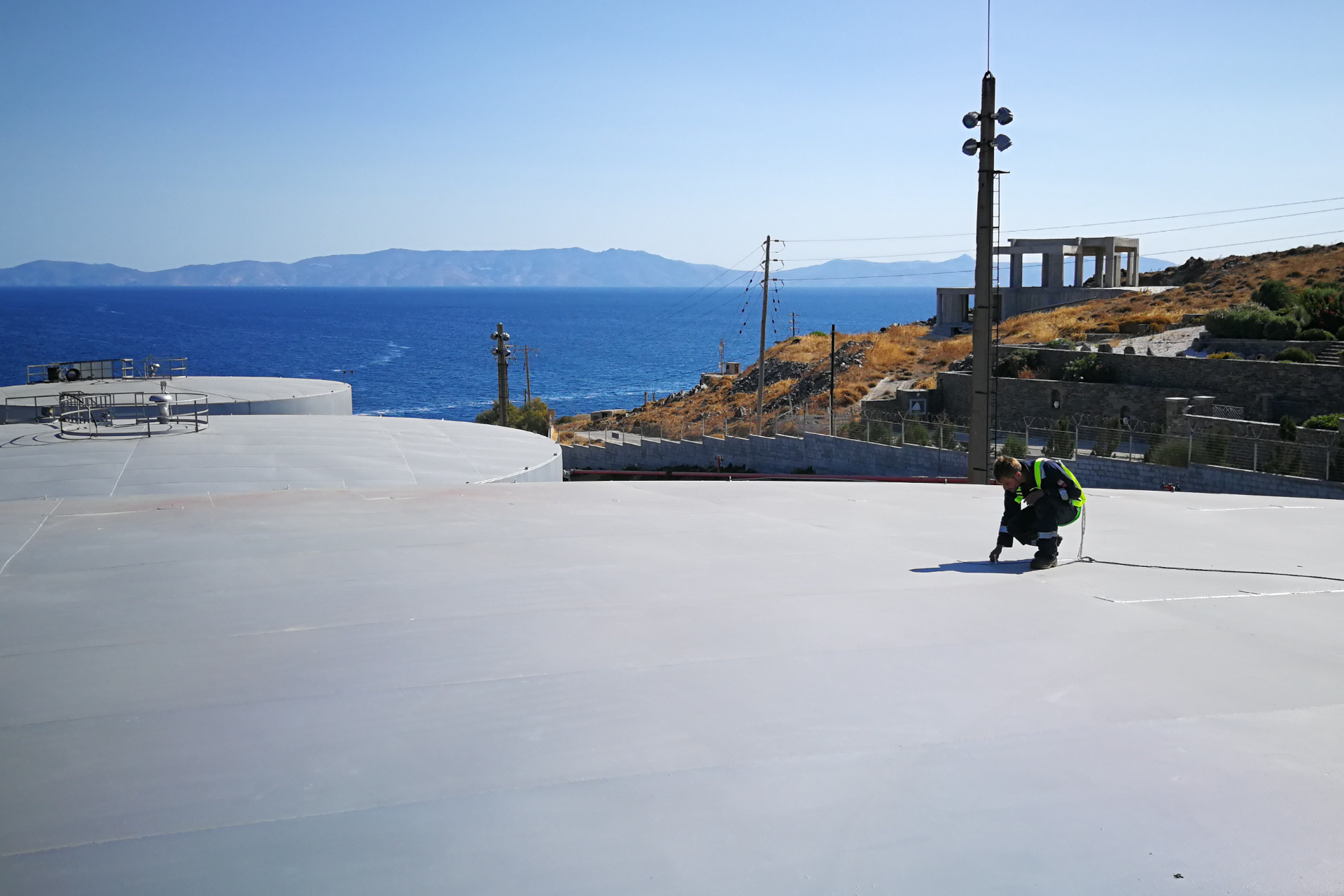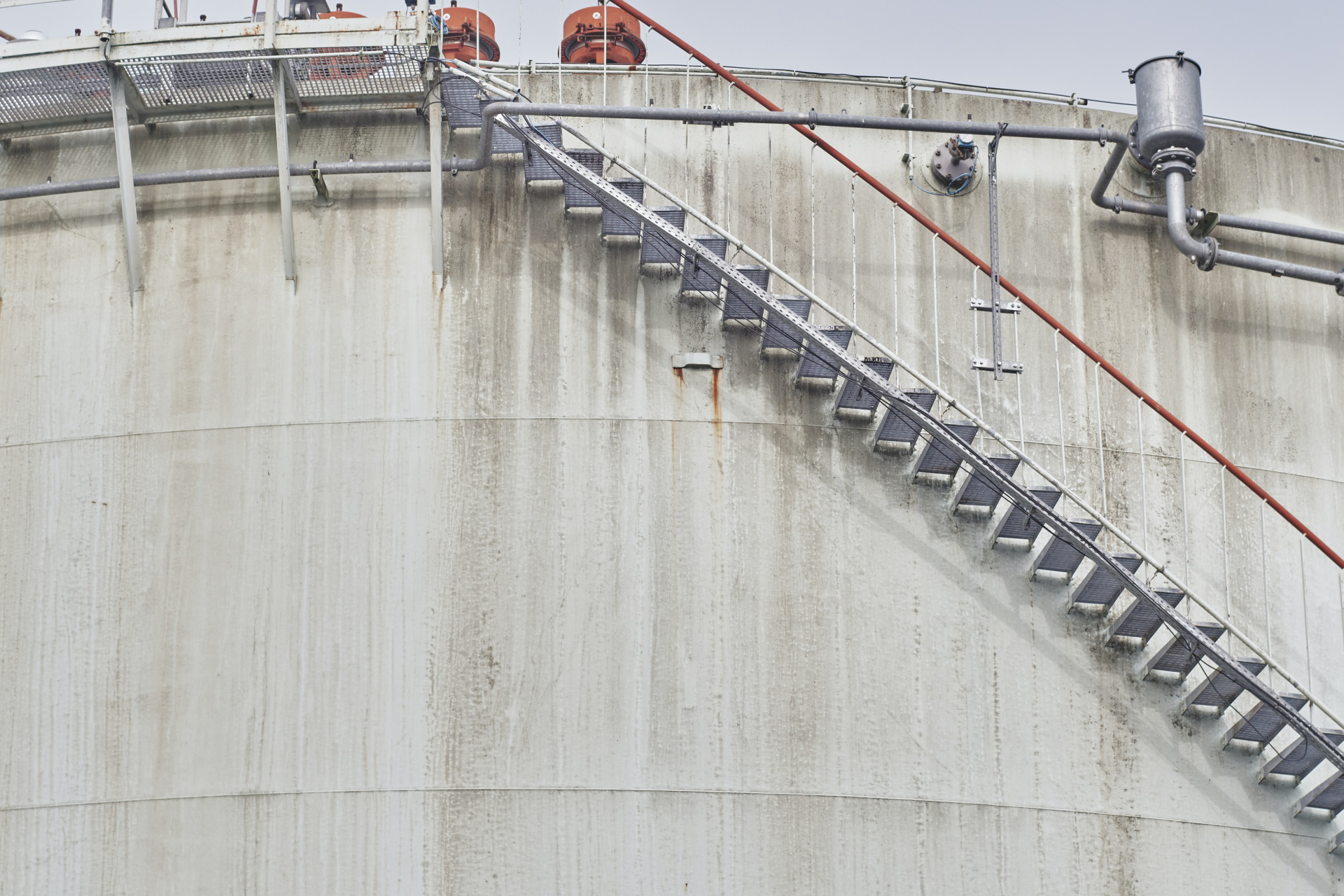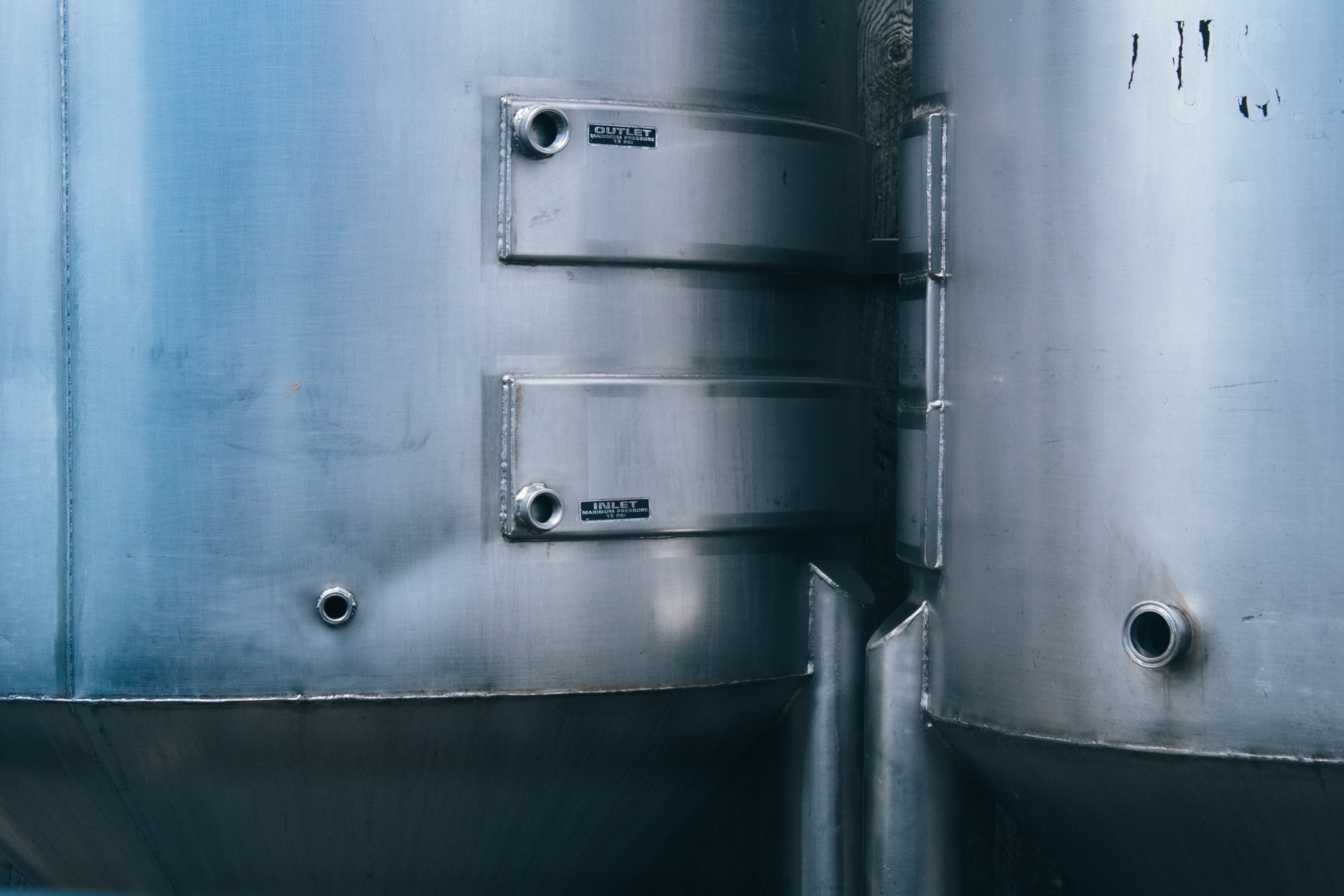Tanks
Industrial tanks are exposed to harsh conditions such as corrosive agents, high pressure, toxic properties of stored materials or environmental changes such as extreme cold or hot weather. And thus, are susceptible to deterioration, cracks, corrosion and many more defects.
Failures that, if left undetected, will lead to asset underperformance, massive repair costs and to potential great safety hazards, for both personnel and the environment.
Proper tank care is of utmost importance for those responsible for their management.

Our Tank Inspection solutions ensure the safety and integrity of tanks [foundation, floor, shell and roof] whether at height or subsea, by providing critical data to establish current condition as well as next steps for preventing accidental leaks and avoiding costly decontamination.
We follow all requirements as set by the API 653 code, EEMUA Publication 159 guide and industry standards, all of which state that bulk storage tanks should be inspected at minimum intervals of 5 years for in-service (on-stream) inspection and 10 years for out-of-service (off-stream) inspection.
Newtron’s core tank-based solutions include:
- Non-Destructive Testing [NDT] Inspection Services
- Bottom Conditioning Assessment
- Fitness-For-Service [FFS] Evaluations
- Annular-to-shell-joint inspections
- Engineering Consulting Services
Furthermore, our engineering experts can optimise existing or new tank designs and functions to ensure compliance with current local regulations and new environmental standards. They can provide accredited tank calibration services, as well as specific engineering solutions and assessments.

Tank inspection and integrity assessment techniques need to be able to identify the amount of degradation, such as bottom-side tank floor pitting corrosion that might lead to leakage, even if access is difficult. Advances in Non-Destructive Testing [NDT] technologies have greatly improved the detection of defects and accuracy of sizing.
Furthermore, the use of NDT methods offers many advantages, as testing can be done with minimum intervention and in repetition, thus allowing regular inspection and monitoring.
For our tank solutions, we use technologies and methods such as:
- Phased Array Ultrasonic Testing [PAUT]
- Time-of-Flight Diffraction [TοFD]
- Total Focusing Method [TFM]
- Computed Radiography [CR]
- Magnetic Flux Leakage [MFL]
- Visual Testing [VT]
- Penetrant Testing [PT]
- Magnetic Particle Testing [MT]
- Ultrasonic Testing [UT]
- Radiographic Testing [RT]
- Eddy Current Testing [ET]
- Leak Testing [LT]
- Heat Treatment
- Materials Mechanical Properties
- Condition Monitoring

